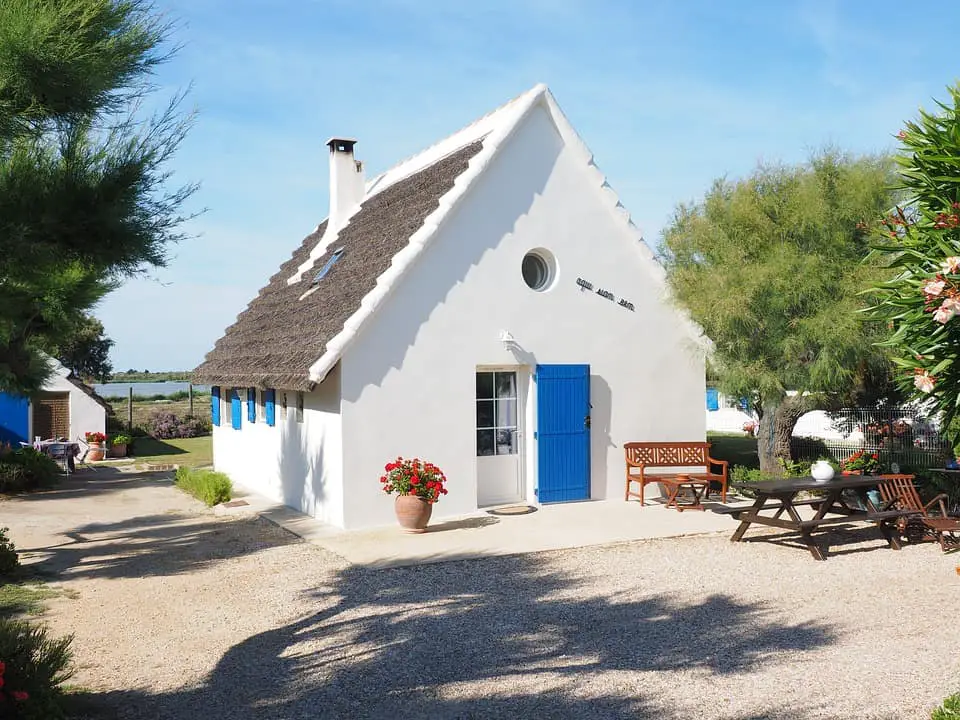You may have heard the words hardscape and softscape a couple of times but didn’t give them much of a thought until you began planning your landscape. Landscaping professionals primarily use these terms, so you don’t have to beat yourself up if you aren’t aware of them. We are going to show you how to balance your hard and soft landscape and we will also give you a few tips for your small yard.
On another note, if you are on this page because you have finally taken an interest in beautifying your yard and you don’t know where to begin, you came to the right place. I will not only walk you through the differences between hard and soft landscaping but will also share some tips on how to balance them, whether you are planning to fix a large or a small garden.
Table of Contents
Differentiating Hardscape from Softscape
Hardscape and softscape are the two main elements that make up different types of outdoor living spaces. They are quite different from each other, but both are necessary to maintain a relaxing and beautiful garden. To identify them, always remember that the hardscape is inanimate while the softscape is alive.
Are you still confused? Read on for an in-depth explanation of their features.
Hardscape
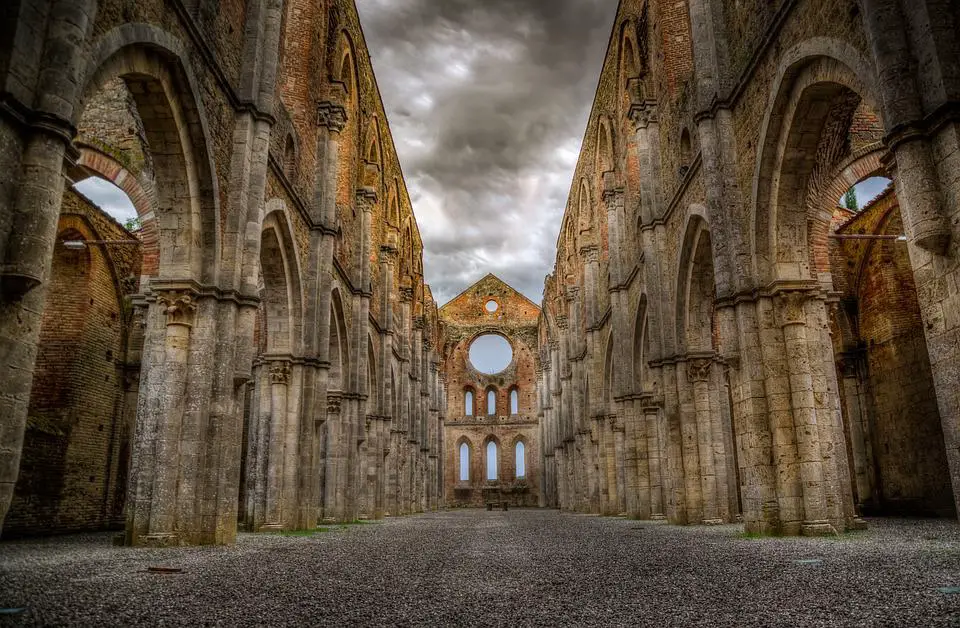
The hard stuff you’ll find in your yard or garden is called hardscape. These are the gravel, stones, retaining walls, decks, driveways, gazebos, patios, outdoor kitchen, etc. They can either be naturally existing or human-made.
Even though they are called “hardscape,” some of these elements are movable. For instance, the stones, paving, and gravel can be placed anywhere you see them fit. This is also why they should not be considered an afterthought of an incredible landscape.
These hardscape materials are essential in separating the garden from the rest of your property. Depending on their placement, they can also improve your water flow and drainage, prevent soil erosion, embody your landscape’s overall theme, and many more.
As you plan your landscape, hardscapes should be your priority since they make up the bulk of your landscape materials, and they create the backbone for your softscapes.
Softscape
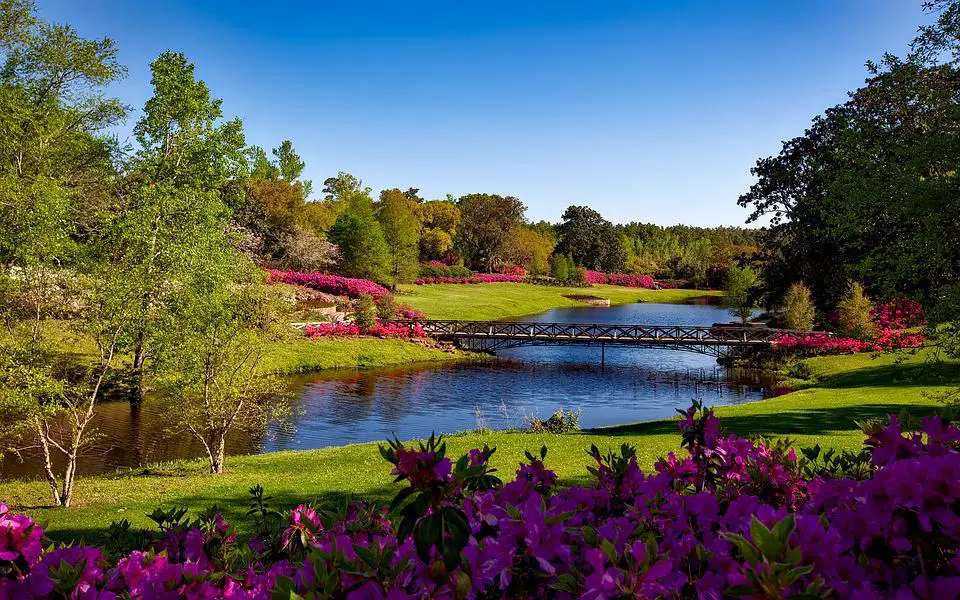
If the hardscape is composed of the solid, non-living materials found or built-in your yard, softscape is the exact opposite. They feature the living part of your landscape like horticultural components such as shrubs, trees, flowers, grass, mulch, dirt, and others.
Since these are living elements, they evolve and frequently change as they adapt to the region’s climate. They are also literally soft to the touch, unlike hardscape materials.
Many times, landscape novices are confused about how to label ponds, fountains, and similar structures because they seem to contain both hardscape and softscape. That’s the beauty of landscaping. Although these structures are built using hardscape materials, they can also be considered part of the softscape because of the plants used to tie them in and beautify them.
The Purpose of Hardscape and Softscape
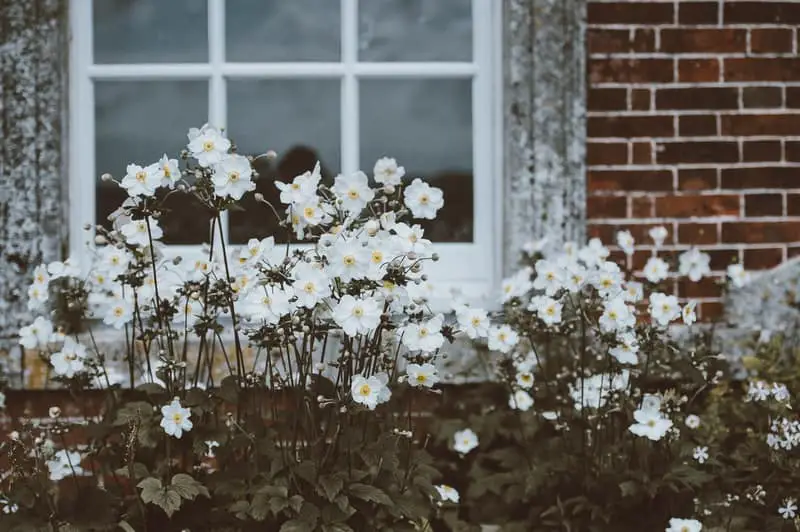
Hardscapes
- Hard landscaping serves as the foundation of your whole yard. You can only start improving your garden once these hard features are established.
- Hardscape ensures that you won’t have a problem even if it rained or snowed heavily. Through the correct use of draintiles and irrigation, which are primarily hardscape elements, excess water can be moved out of your yard or brought to your plants. Thus, you can utilize your outdoor space without worrying that there are puddles of water everywhere, and you can ensure that your plants will survive the dry times of the year.
- Hardscape surfaces also provide the added benefit of preventing soil erosion. Rock and stone are great for protecting our ground from erosion.
- Hard landscape provides hassle-free access to your home through the use of driveways, patios, decks, and walkways.
- Hardscapes such as pergolas, gazebos, and trellises can help protect you from the sun and give you a nice protected spot to read a book.
- Hardscapes can be used to create an outdoor kitchen, dining area, or even a fireplace.
Softscapes
- Softscape is the soul of your yard. This offers you an avenue to be creative.
- Like hardscape structures that improve water issues in your yard, softscapes can be used in much the same way. Different plants are suited for different soil types and moisture levels, and plant roots and foliage can do a great job of protecting our soil from erosion.
- Softscapes provide your yard with cool air. You’ll surely enjoy lounging outside under the shade of your trees.
- If you choose edible plants like herbs, you’ll never run out of fresh produce.
- The most critical role of softscapes in your landscape is to blend and soften the edges. Plants can be used in so many different ways to soften your yard’s look. What would a patio or retaining wall be without that cascade of beautiful flowers?
- Softscapes are what helps us to keep this earth in balance. The more live and lush plants we have growing in our yards, the more we help our planet! Check out this article.
Importance of a Balanced Landscape

There should always be a balance between the soft and hard elements in landscaping. We should refrain from going overboard with either feature because doing so will prevent us from achieving the effect we are aiming for.
How many times have you seen a yard which looks like a commercial property? This is probably because of too much hardscape. Similarly, you must have seen a garden that resembles a jungle. The problem? Excessive soft landscaping!
By striking a balance between the two, you can create a welcoming and nurturing space for you and your family to enjoy for many years to come.
How to Balance Soft and Hard Elements in Landscape Design

- Tip #1: Identify the function of the area. If small children and pets are going to hang out in your yard, you should make it safer by focusing on the softscapes. Meanwhile, if the area is outside an office building, you might want a more formal and rigid look with hardscape elements such as benches and walkways.
- Tip #2: Avoid extremes. Do not overly decorate your landscape with shrubs, plants, trees, etc. Many people overplant when they first landscape, which leads to overgrown beds and plants growing into one another. Learn about your plants and space them according to their growth potential. On the other hand, do not cover your yard with stonework; it will feel cold, uninviting, and industrial.
- Tip #3: Consider water flow. Always keep in mind that mother nature will do what she will do. Make sure that all of your hard surfaces are pitched away from your house, and don’t plant or hardscape where you might block drainage out of your yard. The last thing you want is an unwanted puddle or a wet basement.
- Tip #4: Prioritize water conservation and ease of maintenance. Choose plants resistant to droughts like Geranium, Lavender, and Aloe. Choose plants that are well suited to your growing zone and well suited for the sunlight and moisture levels that occur naturally in your yard. Well adapted and well-planted softscapes will also be low maintenance.
- Tip #5: Pay attention to quality. Hardscapes can be forever if they are correctly installed, but a poorly installed hardscape can fail in a short time. Base preparation is the most crucial factor in any hardscape, so pay attention to the details.
Hard and Soft Landscape Considerations for Small Spaces
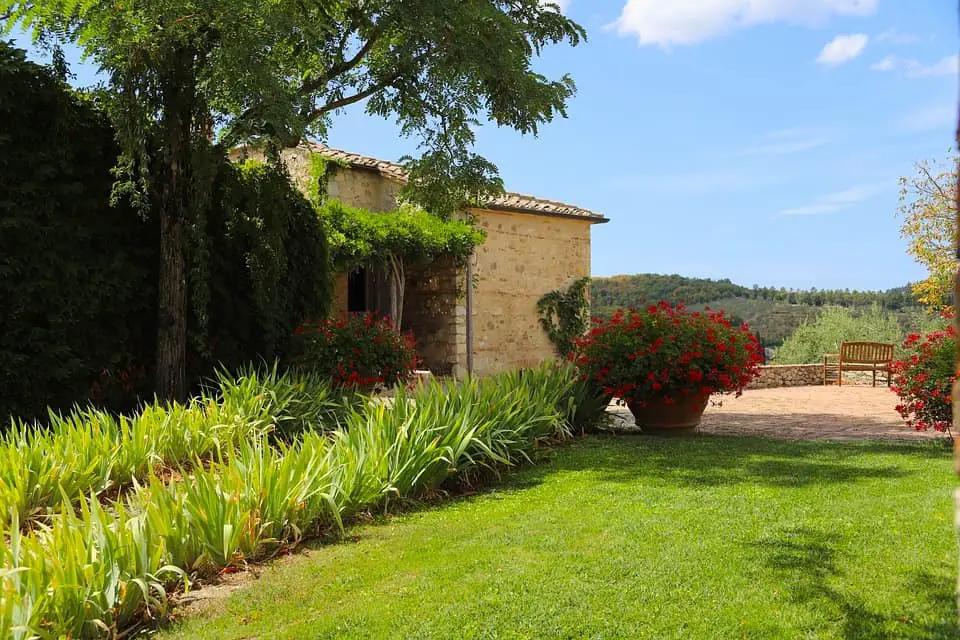
People with limited yard space often find it challenging to balance their hardscape and softscape. As a result, instead of building an outdoor oasis, they create a chaotic outdoor space that isn’t exactly livable.
Is there hope for these small outdoor spaces?
Of course, there is! Here are some ways to maximize your small yard through the proper ratio of hardscape and softscape.
Hardscape Techniques for Small Spaces:
- Utilize vertical spaces through building pedestals and raised planters. These are great ways to economize space.
- Put pavers around corners to create the illusion that the yard is extended.
- Use low retaining walls as a planter holder or an extra sitting area.
- Create an area that will serve as the focal point of your whole landscape. For instance, put concrete accent stools where one can rest.
Softscape Techniques for Small Spaces:

- Put plants in the vertical spaces you made to draw people’s attention upward.
- In planting, position bold-colored plants upfront. This will surely get the attention of whoever will see your landscape, and the small space beyond will no longer be noticeable.
- For some reason, growing big tropical plants can make your backyard look a little bit larger. You might want to consider them, especially those with unusually shaped leaves.
- Be sure to have the large plants at the perimeter of your yard. Large plants can quickly fill and overwhelm a small yard.
Final Thoughts
Hardscape and softscape are the two fundamental elements of landscaping. One cannot go without the other, so you must understand how to create a balance between them. Avoid focusing on one element too much. Chances are, you are better at visualizing or installing one or the other. You need to learn to focus on both aspects to create that well-balanced oasis that you have been hoping for.

